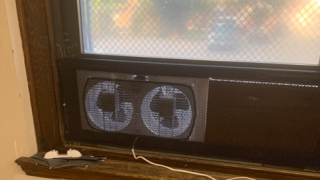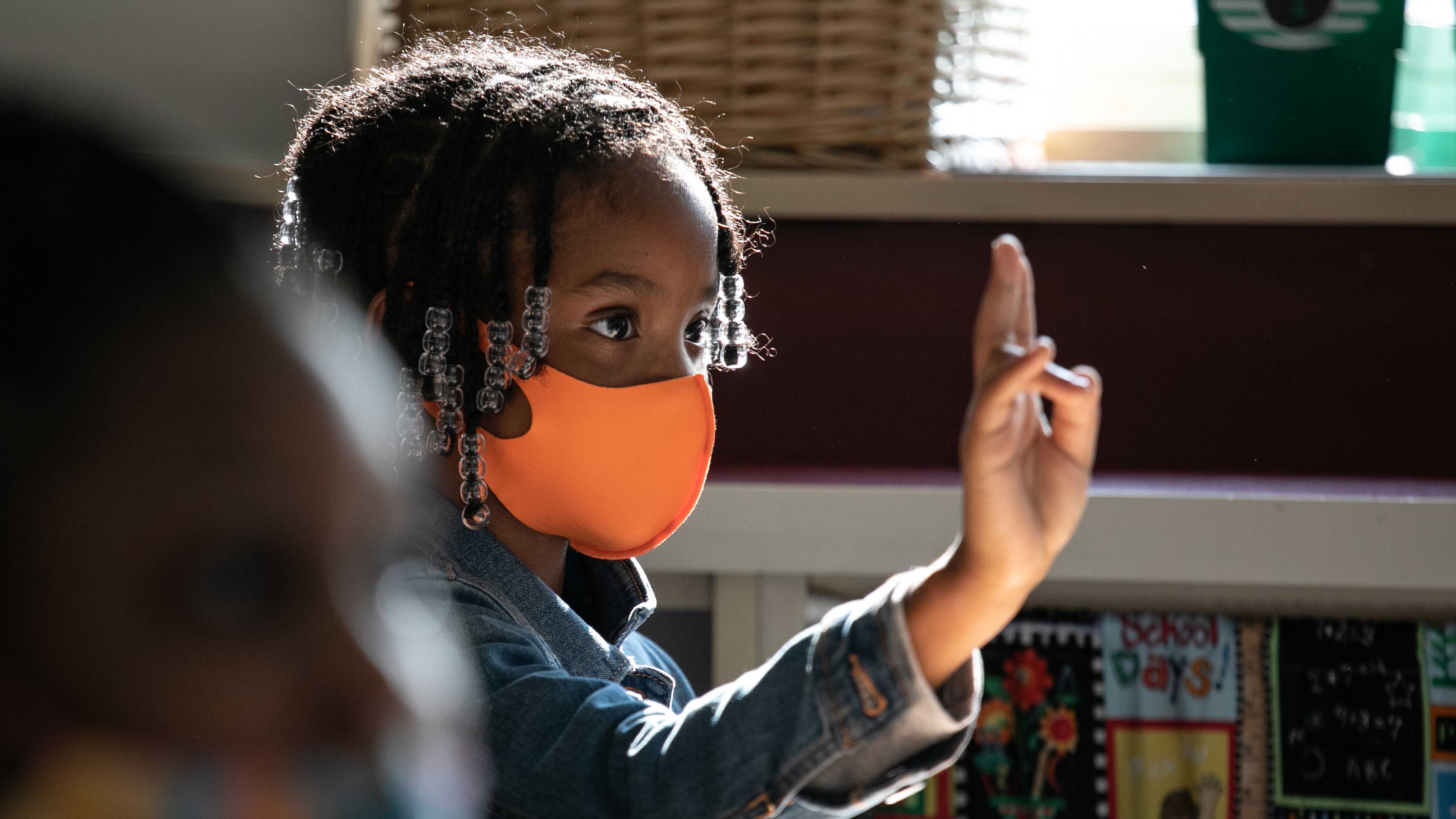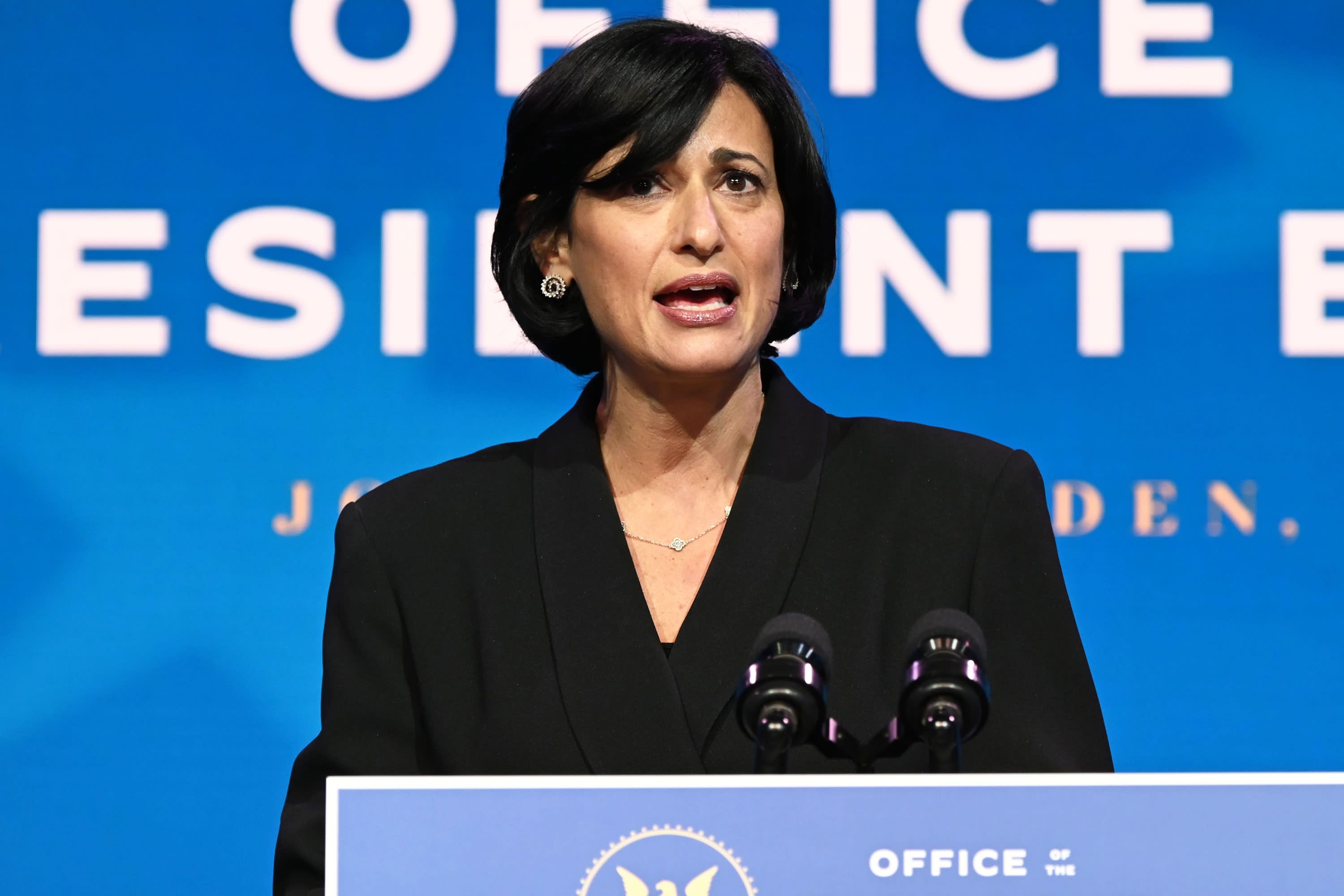
NBC10 is one of dozens of news organizations producing BROKE in Philly, a collaborative reporting project on solutions to poverty and the city’s push toward economic justice. Follow us at @BrokeInPhilly.
The School District of Philadelphia is installing window fans as one measure to prevent spread of the coronavirus in buildings, before students in grades K-2 return for some in-person learning Feb. 22.
The district and city leaders have vouched for the effectiveness of the fans at circulating air in a classroom while not bringing in too much wintry outdoor air. But some parents, educators and union leaders are questioning whether a window fan can be effective.
Get Philly local news, weather forecasts, sports and entertainment stories to your inbox. Sign up for NBC Philadelphia newsletters.
"Right now with those fans? One is risking it all to send them to school," Philadelphia parent Elizabeth Torres Pacheco told our sister station Telemundo 62, who translated her remarks for this article.
She said she is not ready to send her sons back to in-person learning yet.
District leaders including Superintendent William Hite have said reopening will help students who have struggled with digital learning, and may feel isolated.
Hite and city leaders have said the ventilation from the fans will be adequate, and have test results to support their claims. In letters to parents, Hite said the district hired ventilation experts who tested the air flow levels in "nearly every room in every school district building."
The district is setting occupancy limits in classrooms based on those tests, which measure the volume of air circulating in the room in cubic feet per minute. The rooms will follow a safety standard of 15 cubic feet of outdoor air, per person, per minute. The district says the fans were tested to pump 270 cubic feet of air per minute into rooms, allowing for 18 people in a room.
Some other schools have had HVAC systems repaired and can circulate enough air without needing window fans installed, according to the district's webpage.
Teachers told Telemundo 62 of concerns about whether the fans will make classrooms cold, what will be done during inclement weather, and if the fans can last under constant use.
The district says it purchased 3,000 fans, including extras in case replacements need to be made later in the school year. More than a third of the fans are installed, Mayor Jim Kenney said in a pandemic news conference Tuesday. He said the district requires classrooms to be at least 68 degrees and temperature tests have showed the room can hold that temperature with the fans blowing air in.
Other city leaders, including Councilmember Helen Gym, are concerned about ventilation at schools. The Philadelphia Federation of Teachers said late last month that the district was not keeping up with a memorandum of understanding the union sent. The union wants educators to be vaccinated before returning to buildings - but Health Commissioner Dr. Thomas Farley said Tuesday that educators haven't yet been called to receive the vaccine as the city works through Phase 1B.
PFT's president, Jerry Jordan, wrote in an Inquirer Op-Ed that the district needed to catch up and post the air flow data for schools which have not posted them yet.
"Given the district’s track record amidst massive facilities issues, their approach does not engender confidence," Jordan wrote.
The District’s currently available School Ventilation Reports can be found here.
"I was surprised to learn when I got into this that window fans can really make a big difference in the amount of ventilation that takes place," Farley told reporters in the city's news conference on the pandemic Tuesday. "We do think that this virus is spread in large part, not entirely but in large part, through the air, so if we increase ventilation that should lower the risk," Farley said. "...If we have an inexpensive solution, let’s use it."
The CDC guidance for reopening schools (linked here) encourages opening windows when weather allows, and fans positioned carefully to not blow potentially contaminated air from one person onto another.



